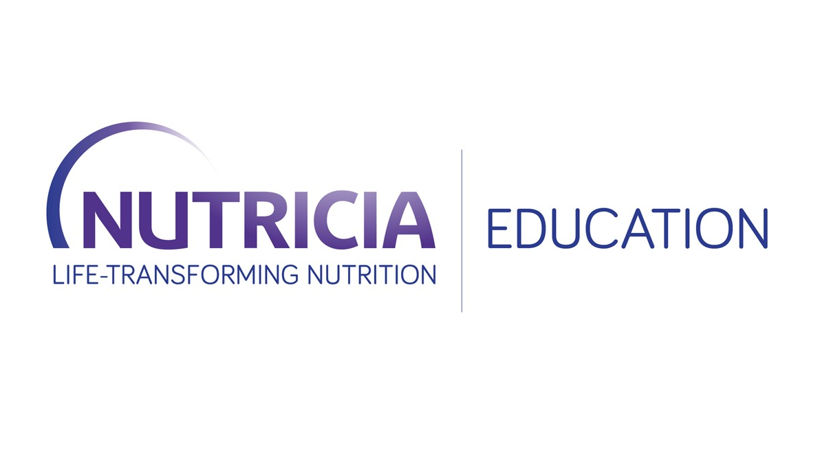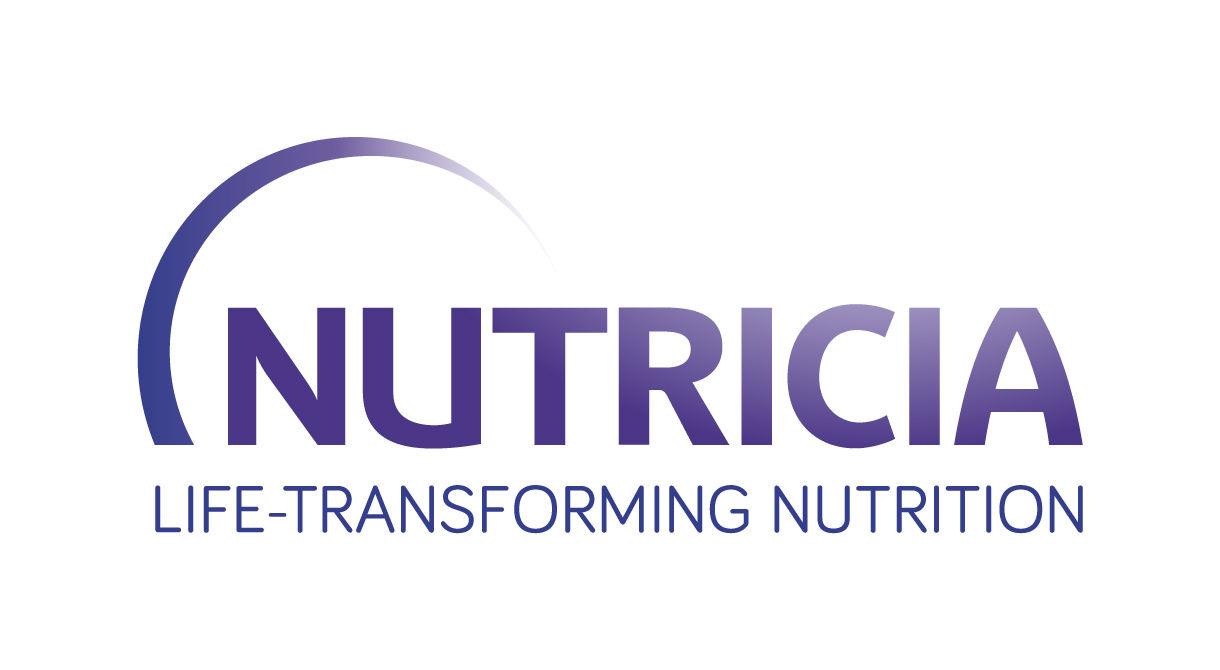Our Fortimel range is growing! Introducing Fortimel PlantBased Energy, our first ever plant-based oral nutritional supplement (ONS), specifically formulated to support patients with disease related malnutrition who follow a plant-based lifestyle. This high energy, ready to drink ONS is nutritionally complete, lactose free and gluten free. It is suitable for vegan, and it is made with a blend of high-quality proteins from pea and soy sources, because there should be no compromise between lifestyle choice and meeting the patient's nutritional needs.
Disease Related Malnutrition and Frailty
Welcome to the healthcare professional page on Disease Related Malnutrition and Frailty. These pages contain content dedicated to professional audiences, including feature articles, awareness days, links to the latest clinical guidelines and product information.
About medical nutrition
Globally, there were 1.66 million hip fractures in 2018. That’s projected to increase to 6 million by 2050 [1].
The role of nutrition in disease related malnutrition and frailty
Disease Related Malnutrition (DRM) is a condition characterized by inadequate intake of energy, protein, and/or micronutrients, that leads to altered body composition (decreased muscle mass), diminished physical and mental function and impaired clinical outcome from disease*.

Disease Related Malnutrition can arise for several reasons. The main causes include, amongst others, a disease, the inability to eat or swallow as a result of a medical condition or after surgery, decreased appetite, an allergy or inability to tolerate or metabolize an essential nutrient.
Disease related malnutrition, as a result of inadequate nutritional intake during illness, can lead to frailty via loss of muscle mass, when body strength and walking speed are both reduced. This in turn reduces a patient's overall activity and energy levels. The vicious circle of reduced energy leading to more restrictions on physical activity can eventually lead to a loss of independence. Frail patients need extra medical attention to stay as independent for as long as possible and reducing the risk of them becoming dependent on others.
Conditions of aging, such as weight loss, declining muscle mass (‘sarcopenia’) and frailty, are often viewed as an inevitable part of growing old – not associated with a patient’s nutritional intake. In fact, as we get older, nutrition becomes an even greater factor in terms of its influence on functional ability.
Research suggests that nutritional intervention with medical nutrition products as part of a comprehensive medical strategy has been effective at helping patients return to a healthy aging trajectory.
DRM and Frailty portfolio
There are health challenges adults may experience which can be managed or improved with medical nutrition (for use under healthcare professional supervision only). The Nutricia products shown from this point onwards are foods for special medical purposes and intended for the nutritional management of diseases and related medical conditions.

DRM and Frailty products
The Nutricia oncology products should be used under medical supervision.
Clinical guidelines
Congresses

Discover rich educational content from Nutricia’s presence at ESPEN 2022
If you missed the Nutricia Satellite Symposium at ESPEN, don’t miss the opportunity to watch top experts outline the value of muscle as the effective target organ for nutritional intervention in cancer, stroke and frailty, in addition to 8 expert sessions.
Nutricia Education

Continued learning enables us all to deliver the best possible care to those who need it most. Here we bring science-led educational resources as well as news from leading medical congresses, helping to stay up-to-date with the latest advances in medical nutrition.
Patient story

Ron’s story
Ron was no longer able to walk even 50 meters. Also eating became difficult. He was so out of breath. It reduced his appetite.
Ron had a team of different doctors at his local hospital. That’s where he found out about nutritional products.
Feature articles

Discover our first ever plant-based Fortimel, made with a high-quality protein blend (pea and soy), supported by clinical evidence

Protein Quality in Plant-Based Medical Nutrition
We understand the importance in offering plant based medical nutrition products to the increasing number of patients who embrace a plant-based diet and lifestyle. However, we also understand the necessity of ensuring that protein blends in medical nutrition products are high quality. Click here to learn more about protein quality in medical nutrition, and the quality of the protein blend we’ve used in our new, plant based oral nutritional supplement, Fortimel PlantBased Energy.

Infographic: Protein Quality in Medical Nutrition
This infographic explains protein quality and demonstrates the protein quality of dairy and plant proteins used in medical nutrition assessed using PDCAAS.

Individualized Nutritional Care
Individualized nutritional care puts the focus on the patient’s needs, preferences and goals. Delivering nutritional care with an individualized approach can help optimize adherence and patient outcomes.

Sarcopenia: How to recognize, diagnose and manage in clinical practice
Use this pocket card developed by Prof. Andrea Maier to understand the critical, yet simple steps to recognize and diagnose sarcopenia in clinical practice, as well as the role of protein supplementation and resistance exercise in management of the disease.

Sarcopenia: What, Who, Why, Impact and Treatment
Infographic outlining the established definition of sarcopenia, its prevalence along the patient journey, its underling lying cause and driving factors as well as the appropriate treatment methods for sarcopenia.

World Sarcopenia Day 2023
World Sarcopenia Day is the perfect opportunity to increase awareness and knowledge for the prevalent disease, sarcopenia. Sarcopenia is a muscle disease that can drastically impede upon individuals physical function, independence, and overall quality of life. It is therefore vital that attention is given to appropriately diagnosing and managing this disease in order to maintain and promote overall well-being. Join us in celebration of this important day!

Clinical Value of Muscle-Targeted ONS with ActiSyn
The muscle-targeted oral nutritional supplement containing ActiSyn™ (100% whey protein, leucine and vitamin D) has 10 years of evidence behind it, demonstrating its efficacy across key clinical outcomes across varying patient populations and settings. View the complete evidence booklet to learn about the robust evidence to date.
News
Nutricia and the Global Coalition on Aging to jointly fight ageism
Nutricia joins nutrition experts at ESPEN in challenging the status quo to enhance patient recovery
Fragility Fractures Network publishes new evidence-based practical guide for the nutritional management of older adults
A Solution for the Unprecedented Challenge of 21st Century Aging
- Scheff SW et al., Neurobiol Aging 2006;27:1372-84.
- Terry RD, et al. Ann Neurol 1991;30:572-80.
- Terry RD. J Geriatr Psychiatry Neurol 2006;19:125-8.
- Bourre. J Nutr Health Aging 2006a,b
- Lopes da Silva et al. Alzheimers Dement. 2013
- Lin et al. J Clin Psychiatr, 2012
- Loef et al. J Alzheimer Dis, 2011
- Olde Rikkert et al. ADPD 2013
- Trushina et al. PlosOne 2012
- Terry RD, et al. Ann Neurol. 1991;30:572-80
- Terry RD. J Geriatr Psychiatry Neurol 2006;19:125-8
- Scheff SW, et al. Neurobiol Aging 2006;27:1372-84
- Soininen H, et al. Lancet Neurol. 2017;16:965-75
- Soininen H, et al. Alzheimers Dement. 2021. 17:29-40
- Cummings, J., Passmore, P., McGuinness, B. et al. Souvenaid in the management of mild cognitive impairment: an expert consensus opinion. Alz Res Therapy 11, 73 (2019). https://doi.org/10.1186/s13195-019-0528-6
- Woodward, Michael et al. ‘Nationally Informed Recommendations on Approaching the Detection, Assessment, and Management of Mild Cognitive Impairment’. 1 Jan. 2022 : 803 – 809.
Are you a healthcare professional or (carer of) a diagnosed patient?
The product information for this area of specialization is intended for healthcare professionals or (carers of) diagnosed patients only, as these products are for use under healthcare professional supervision.
Please click ‘Yes’ if you are a healthcare professional or (carer of) a diagnosed patient, or ‘No’ to be taken to a full list of our products.
The information on this page is intended for healthcare professionals only.
If you aren't a healthcare professional, you can visit the page with general information, by clicking 'I'm not a healthcare professional' below.





